The Walled City of Lahore is also known as Old City or the Interior, holds great historic significance for Lahore. The city we now know as Lahore was established in around 1,000 CE in the western half of the Walled City, which was fortified by a mud wall during the medieval era. The city became even more prominent after becoming the Mughal capital and the construction of the Lahore Fort, which is a UNESCO World Heritage Site now. The reinforced walls of the city are still remnants of an era long gone. There are several buildings of historic importance in the Walled City, including the Samadhi of Raja Ranjit Singh, and Gurdwara Janam Asthan Guru Raam Daas.
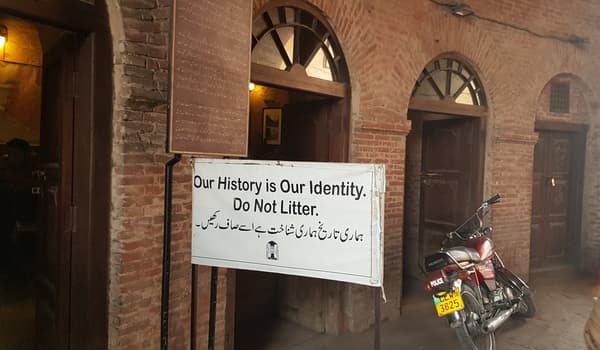
The Delhi Gate, one of the six remaining gates of interior Lahore, was originally built during the Mughal period. The gate was named after Delhi since the gate opened in the general direction of the city of Delhi. The gate served as the main gateway into the city of Lahore during the Mughal era, with the doors shut every night. The Delhi gate area holds immense significance right now, giving access to several historical sites like the 17th century architectural marvel Wazir Khan Mosque, the Shahi Hamaam, and several very old buildings that remind of the grandeur of the Mughal era. The area is now turned into a colourful bazaar.
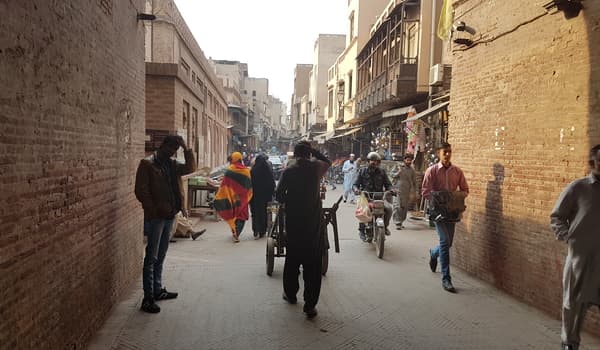
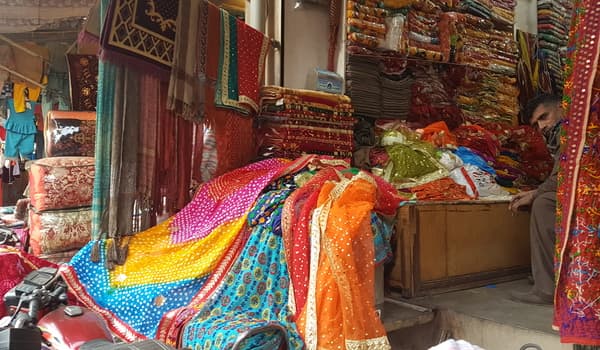
Hira and I decided to go to Delhi Gate. As our taxi arrived, the driver was very visibly shocked that we were going there without a man accompanying us. He told us it would be risky. It was offensive, but understandable. This was one visible difference between the cultures of Lahore and Karachi I had noticed. You were more likely to be stopped and lectured on morality, ethics and how to be a proper woman in Lahore than in Karachi. We had to be dropped off at the very crowded main entrance to the Delhi Gate which faced a confusing crossing of sorts. There was a traffic jam in place, motorbikes bumped into us with no regard, and there were as many horses, donkeys and goats as people.
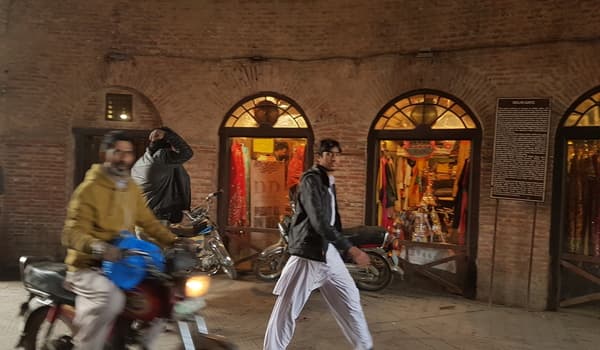
The Delhi Gate itself was magnificent. An enormous, pointed arch, it housed shops even within itself. We navigated our way through it, with Hira guiding me by hand, and found ourselves all of a sudden in something out of Aladin. The bazaar was a proper one – no brands, no glaring signs of a capitalist economy, but just simple people selling and buying simple, affordable, hand-made things. I walked in wonder past shops selling shawls. Upon asking the price, it dawned on me that they were way past my budget, but I still had to stop and admire all the dupattas and shawls on display. Some were hand-woven, almost all of them hand-embroidered.
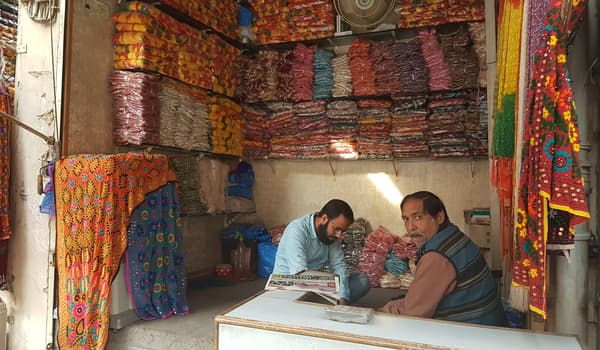
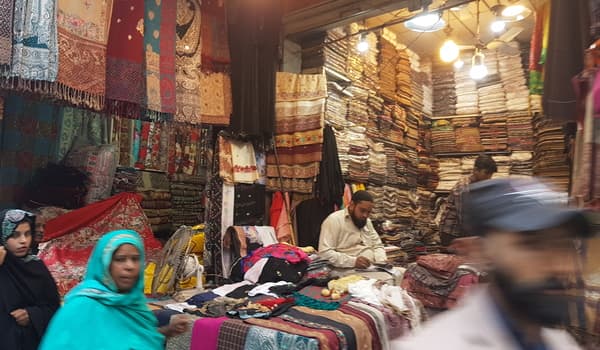
There were countless shops selling brightly coloured glass bangles. We stopped at one and got them in our favourite colours for just fifty rupees per dozen. The shopkeepers offered to help us wear the bangles, but we helped ourselves turning them down. I loved the splashes of colour the bangle stalls posed as all around the bazaar. As we headed towards the Wazir Khan Mosque, I already knew it would be an unforgettable day.



